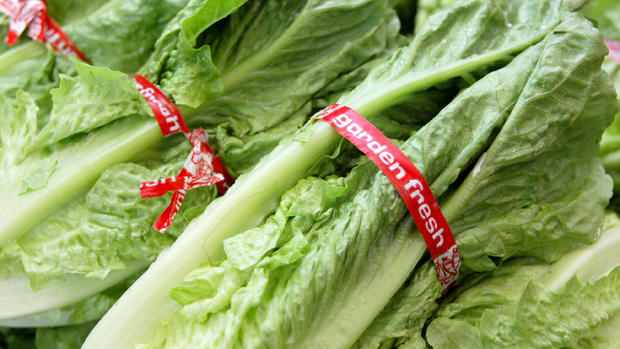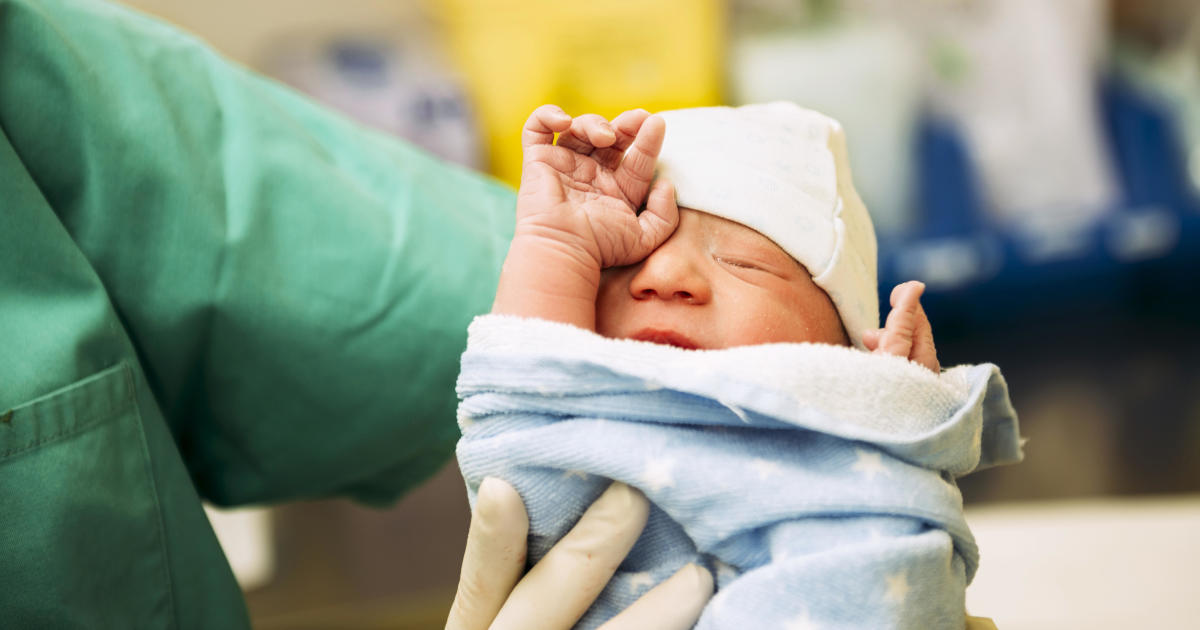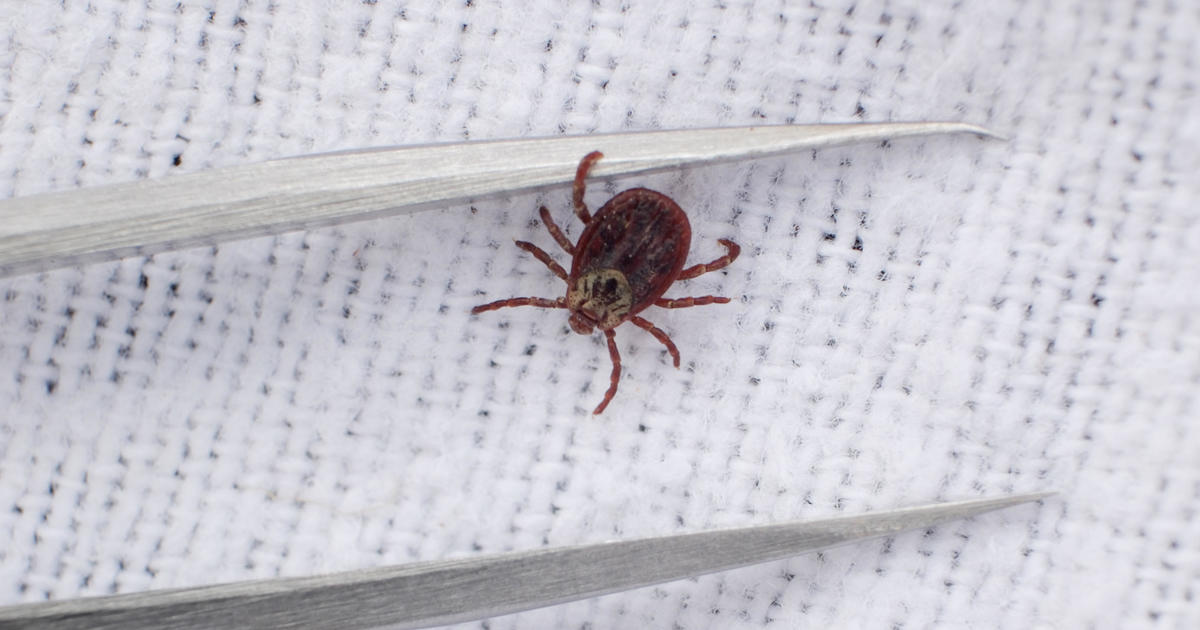Norovirus and E. coli: What you need to know
Outbreaks of foodborne illness sicken millions of people across the U.S. each year.
There are a couple of main culprits involved: norovirus and E. coli. Although they can both cause miserable gastrointestinal symptoms, they're very different in some important ways.
Here's what you need to know about both:
Norovirus
Norovirus is the most common type of foodborne illness in the U.S., according to the Centers for Disease Control and Prevention. Anywhere from 19 to 21 million Americans are infected with the virus each year, and norovirus contributes to up to 109,000 hospitalizations, 465,000 ER visits (mostly involving children), and about 900 deaths a year. Most of the fatalities occur among people age 65 or over.
Norovirus is extremely contagious, infectious disease expert Dr. Amesh Adalja told CBS News. Past studies have shown that the majority of outbreaks occur when food is contaminated by food service workers.
When a person contracts norovirus, the symptoms come on quickly. It has a shorter incubation period compared with E. coli.
"With norovirus, it's a very abrupt onset — within a day or two — and vomiting is the predominant symptom," said Adalja. "People often have violent vomiting," but it's over within a couple of days.
Norovirus — which has a reputation for making the rounds on cruise ships — can be spread through an infected person, contaminated food or water, or by touching surfaces where the virus particles lurk and then touching your mouth.
It causes your stomach and intestines to become inflamed — what doctors call acute gastroenteritis — and other than vomiting, symptoms can include stomach pain, nausea and diarrhea. Fever, a headache and body aches may occur, too, the CDC says.
The best way to stop norovirus in its tracks is to wash your hands, especially after using the bathroom and changing diapers, but also before eating and when preparing food. Service workers — especially restaurant employees who handle food — can help reduce infection rates if they practice good hand hygiene.
If norovirus takes you down, antibiotics won't help, since they only fight bacterial infections, the CDC says. It's important to stay hydrated with lots of water and other non-caffeinated beverages to fend off dehydration that can come from fluid loss due to vomiting and diarrhea.
Symptoms generally ease after one to three days, and when you're ready to eat again, Dr. Alexandra Sowa recommends what's called a BRAT diet: "A very bland diet: bananas, rice, applesauce and toast," she said.
As you recover, CDC recommends cleaning and disinfecting surfaces so that you don't pass the virus on to others. Use a chlorine bleach solution with a concentration of five to 25 tablespoons of household bleach per gallon of water.
E. coli
E. coli is a common bacteria that can be present in undercooked and raw foods, such as rare ground beef, vegetables grown in cow manure or washed in contaminated water, fruit juice that isn't pasteurized, or even water that you swim in.
There are different types of E. coli, some harmless and some not so harmless. Harmless E. coli normally live inside the intestines and help the body break down and digest food.
But some strains of E. coli are linked with diarrheal disease, including Shiga toxin-producing E. coli and enterohemorrhagic E. coli. Dangerous forms of E. coli like the one involved in dozens of cases linked to a Chipotle outlet in Boston in 2015, can make people very ill.
E. coli O157:57 is the form of E. coli doctors typically see in foodborne illness cases, said Adalja.
He said it secretes toxins and those toxins can cause kidney failure in some patients; 12% of those with kidney failure will either die or end up on dialysis. Children and older people are especially vulnerable to more serious cases.
"The Chipotle outbreak is an O26 [strain] that has the same capacity to secrete the toxins that can lead to kidney failure and hemolytic uremic syndrome," said Adalja.
The symptoms of E. coli illness are, like norovirus, belly-related, but different enough so that doctors can usually tell the two apart from each other easily.
Where norovirus's severe vomiting typically strikes within one to two days, E. coli usually takes three to four days to incubate before its signature symptom — bloody diarrhea — and abdominal cramps begin, said Adalja.
"With E. coli, people don't vomit. It isn't predominant. It's the bloody diarrhea, not the watery diarrhea from norovirus, and abdominal cramps, fever. It's not similar. Most clinicians would not confuse the two," he said.
E. coli symptoms may last about a week before patients start to feel better again. But recuperation can vary depending on a person's age and general immune system health, said Adalja.
Heat can kill illness-causing E. coli bacteria, so cooking beef well until it's no longer pink, and choosing pasteurized juices (the process uses heat to kill germs) can reduce the risk of getting sick, the CDC says.
And because waste (human and animal) carries lots of bacteria, the CDC recommends washing hands with soap and warm water well after using the bathroom and before eating or preparing food to help avoid spreading E. coli.
This is an updated version of an article originally published Dec. 10, 2015.




